Low Carb Food Calculator
Select a food item and quantity to see net carbs
Key Takeaways
- True zero-carb foods: Pure fats (butter, oils) and proteins (meat, eggs)
- Low-carb superstars: Spinach, cauliflower, and avocados
- Net carbs matter more than total carbs
- Don't forget fiber - it's the magic number that makes low-carb sustainable
Want to eat foods with no carbs? You’re not alone. Whether you’re chasing ketosis, managing blood sugar, or just tired of feeling bloated after eating bread or pasta, cutting carbs can feel like a game-changer. But here’s the truth: no carb foods are rare. Almost everything you eat has *some* carbs-even if it’s just a tiny amount. The real goal isn’t zero carbs. It’s finding foods so low in carbs they barely register on your daily count.
What Actually Has Zero Carbs?
Strictly speaking, only pure fats and proteins in their most unprocessed forms have zero digestible carbs. Think of them as the building blocks of a no-carb diet.
- Fats: Butter, lard, tallow, coconut oil, olive oil, MCT oil-all contain 0g net carbs per tablespoon. These are your energy source when carbs are off the table.
- Animal fats: The fat on a ribeye steak, chicken skin, or bacon grease? Zero carbs. That’s why bacon isn’t just tasty-it’s functional on a low-carb plan.
- Proteins: Eggs, plain chicken breast, beef, pork, lamb, fish like salmon and cod, and shellfish like shrimp and crab all have less than 0.5g net carbs per 100g. For practical purposes, they’re carb-free.
- Water and plain coffee/tea: No carbs. Add sugar or milk? Now you’ve added carbs. Stick to black or with heavy cream (1g carb per tablespoon).
These are your foundation. But if you only ate butter and steak, you’d miss out on nutrients, fiber, and variety. That’s why most people don’t aim for zero carbs-they aim for under 20g net carbs per day, which opens the door to more foods.
Low-Carb Foods That Feel Like a Treat
Here’s where things get interesting. Some foods have a few carbs-but so few that you can eat them without breaking ketosis or spiking your blood sugar.
- Leafy greens: Spinach, kale, arugula, and romaine lettuce have less than 1g net carb per cup. You can eat a whole bag of spinach and still be under 10g carbs. They’re packed with magnesium, potassium, and fiber.
- Cauliflower: One cup has just 2g net carbs. It’s the go-to swap for rice, mashed potatoes, and even pizza crust. Roast it with olive oil and garlic, and you’ve got a side dish that tastes like comfort food but won’t crash your glucose.
- Avocados: Half an avocado has about 1.5g net carbs and 7g of fiber. That means almost all its carbs are fiber-so your body doesn’t process them as sugar. They’re creamy, satisfying, and full of healthy fats.
- Green beans and asparagus: Around 2-3g net carbs per half-cup. They’re crunchy, flavorful, and perfect roasted or sautéed with butter.
- Hard cheeses: Cheddar, parmesan, Swiss, and blue cheese have less than 1g net carb per ounce. They’re salty, rich, and keep you full. A slice of cheddar with a few olives? That’s a snack that works.
These aren’t magic. But they’re the foods that make low-carb eating sustainable. You’re not starving yourself-you’re just choosing different ingredients.
What to Avoid Completely
Not all carbs are created equal. Some are invisible, sneaky, and ruin your progress without you realizing it.
- Grains: Bread, rice, pasta, oats, quinoa, barley-even “healthy” whole grains-have 15-40g carbs per serving. No exceptions.
- Sugars: Table sugar, honey, maple syrup, agave, even fruit juice. One tablespoon of honey has 17g carbs. One apple? 20g. That’s your entire daily carb budget gone.
- Legumes: Beans, lentils, chickpeas. They’re high in protein and fiber, but also high in carbs. One cup of black beans has 41g carbs. Too much for low-carb.
- Starchy vegetables: Potatoes, sweet potatoes, corn, peas, carrots. Carrots are fine in small amounts (half a cup has 5g net carbs), but a whole bag? Not so much.
- Processed “low-carb” products: Sugar-free candy, keto bread, protein bars. Many use maltitol or other sugar alcohols that still spike insulin. Read labels. If it says “net carbs,” check the ingredients. If it has inulin, erythritol, or maltodextrin, it’s not clean.
These aren’t “bad.” They’re just not compatible with a low-carb lifestyle. And if you’re trying to lose weight or stabilize energy, avoiding them isn’t a restriction-it’s a reset.

Real-World Meal Ideas (No Carbs, No Compromise)
You don’t need recipes with 10 ingredients to eat well on low carb. Here are five simple, real meals that take under 15 minutes.
- Breakfast: Scrambled eggs cooked in butter with a slice of cheddar and a handful of spinach. Add a few slices of avocado on the side.
- Lunch: Grilled chicken breast with a side of roasted asparagus drizzled in olive oil and lemon juice. Sprinkle with parmesan.
- Dinner: Pan-seared salmon with garlic butter. Serve with sautéed kale and a spoonful of sour cream.
- Snack: Hard-boiled eggs with a few olives and a few strips of bacon.
- Desert: Whip heavy cream with a drop of vanilla and a pinch of stevia. Top with a few raspberries (1/4 cup has 1.5g net carbs).
No rice. No bread. No pasta. No sugar. And you’re still full, satisfied, and energized.
Common Mistakes People Make
People think low carb means eating more meat and fat. It doesn’t. It means eating real food and avoiding processed junk.
Here are the top three mistakes:
- Overdoing dairy: Cream cheese, Greek yogurt, cottage cheese-these are fine in moderation. But if you’re eating a whole tub of Greek yogurt daily, you’re adding 10-15g carbs without realizing it.
- Drinking flavored “keto” beverages: Soda labeled “zero sugar” often has artificial sweeteners that trigger cravings. Stick to water, tea, or black coffee.
- Skipping veggies: If you’re only eating meat and cheese, you’re missing out on micronutrients. Leafy greens and low-carb veggies are non-negotiable for long-term health.
Low carb isn’t about restriction. It’s about clarity. You’re choosing foods that fuel your body without confusing your metabolism.
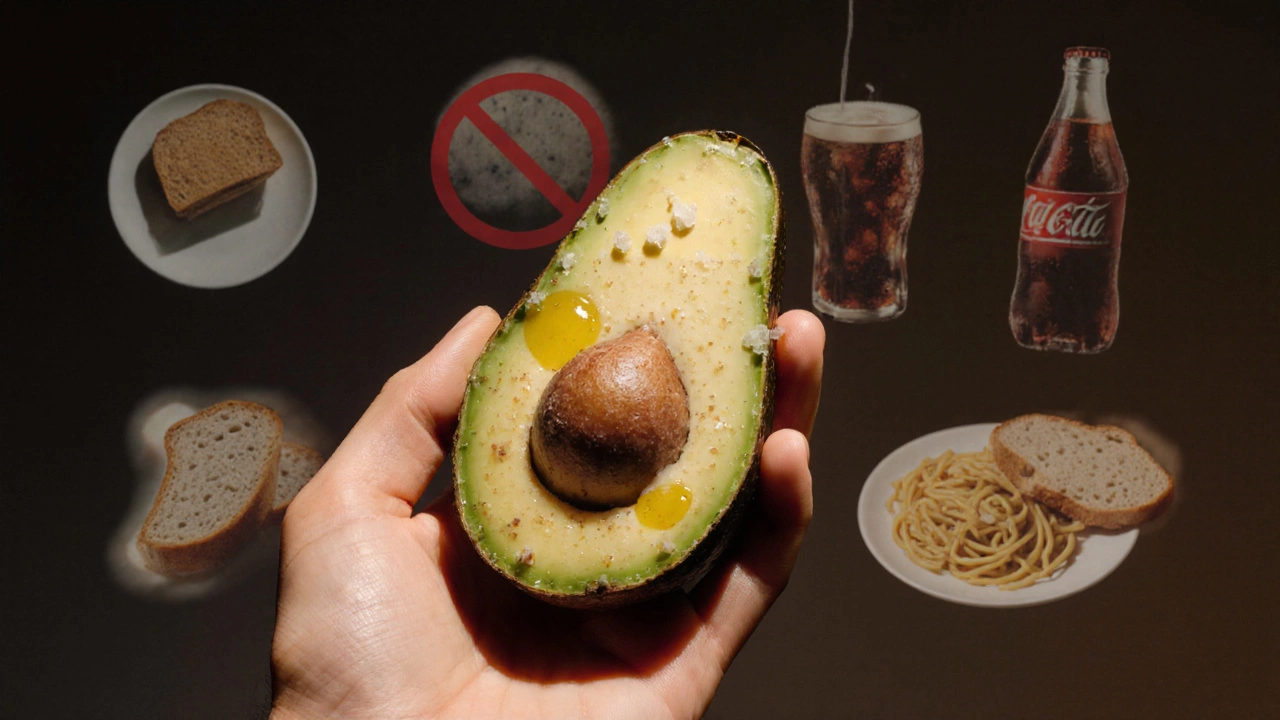
How to Track Your Carbs Without Obsessing
You don’t need to weigh every bite. Here’s a simple system:
- Start with 20g net carbs per day. That’s your ceiling.
- Use your hand as a guide: A palm-sized portion of meat, a thumb-sized portion of fat (butter, oil), and two fist-sized handfuls of leafy greens = one balanced meal.
- Check labels only on packaged items. Fresh meat, eggs, veggies, and oils don’t need labels.
- Use a free app (like Cronometer) for the first week. Just to get a sense of what’s in your food. Then put it away.
After a few weeks, you’ll just know. A handful of almonds? About 2g carbs. A cup of broccoli? 3g. A slice of cheese? 0.5g. You’ll stop counting and start eating.
Why This Works Better Than Diets
Diets fail because they’re temporary. This isn’t a diet. It’s a way of eating that aligns with how your body actually works.
Your body doesn’t need carbs to survive. It can make glucose from protein and fat. What it *does* need is stable energy, clear hunger signals, and steady insulin levels. Low-carb eating delivers that.
People who stick with it report:
- Less afternoon crash
- Fewer cravings for sugar
- Improved digestion
- Weight loss without hunger
- Clearer skin and better sleep
It’s not magic. It’s biology.
Can I eat fruit on a no-carb diet?
Most fruits are too high in carbs to fit into a no-carb or strict low-carb plan. Berries like raspberries and blackberries are the lowest-about 3-5g net carbs per half-cup. You can have a small portion occasionally, but apples, bananas, oranges, and grapes are off-limits if you’re aiming for under 20g carbs per day.
Are there any vegetables with zero carbs?
No vegetable has exactly zero carbs, but leafy greens like spinach, kale, and lettuce come extremely close-under 1g net carb per cup. These are your best friends on a low-carb diet because you can eat large amounts without affecting your carb total.
Is butter really carb-free?
Yes. Pure butter has 0g net carbs per tablespoon. It’s made from cream, and the lactose (milk sugar) is removed during churning. Stick to unsalted butter if you’re watching sodium, but carb-wise, it’s safe.
Can I drink alcohol on a no-carb diet?
Some alcohol is low in carbs. Pure spirits like vodka, gin, and whiskey have zero carbs. But mixers like juice, soda, or tonic water add carbs fast. Stick to spirits with soda water and lime. Wine has 3-4g carbs per glass-moderation is key.
What if I feel tired on a low-carb diet?
Fatigue in the first week is normal-it’s your body switching from burning sugar to burning fat. Make sure you’re getting enough salt (add sea salt to meals), drink plenty of water, and eat enough fat. After 3-5 days, energy usually returns stronger than before.
Final Thought: It’s Not About Perfection
You don’t need to eat zero carbs to benefit from a low-carb lifestyle. Even cutting out sugar, bread, and pasta and replacing them with eggs, meat, and greens will change how you feel. Start with one meal a day. Then two. Then all of them.
The goal isn’t to become a carb-counting robot. It’s to feel better-more steady, more clear-headed, more in control. That’s what matters.
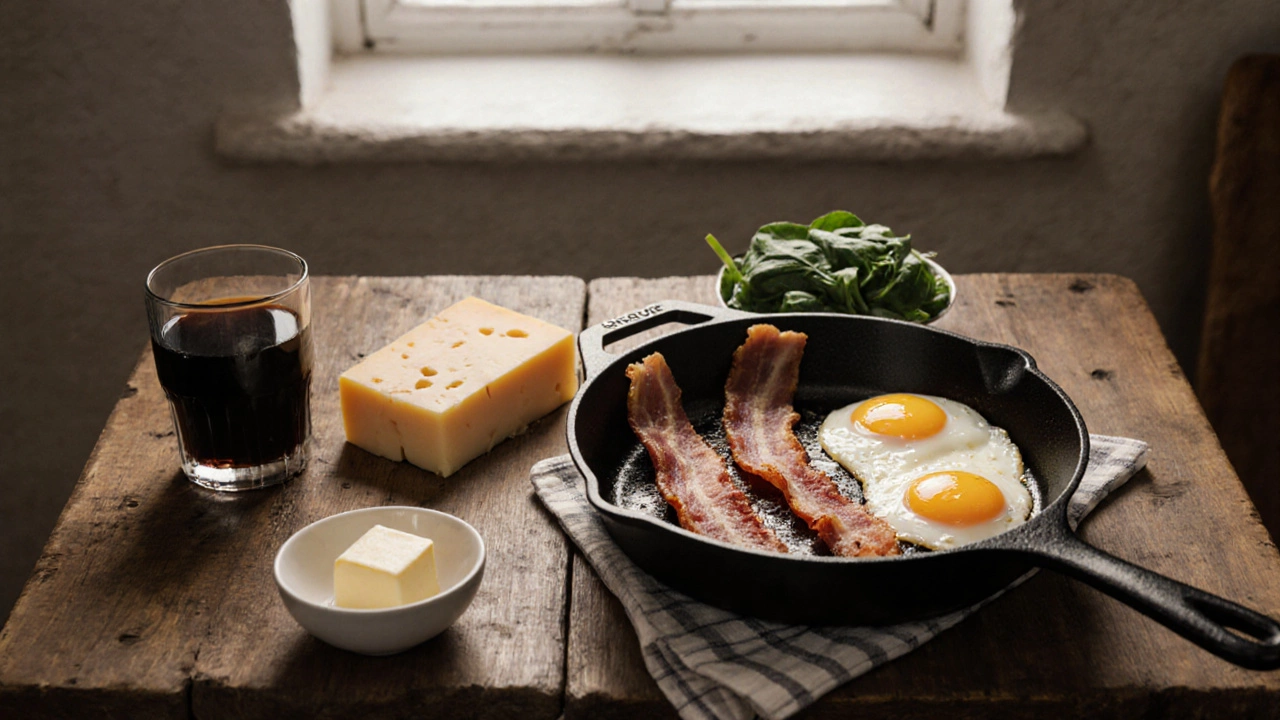


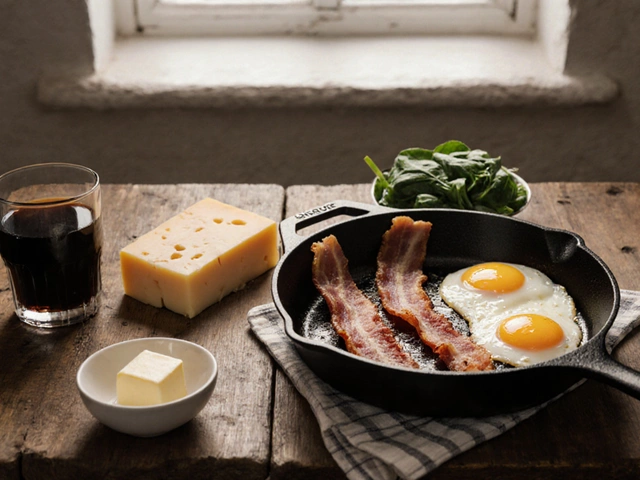
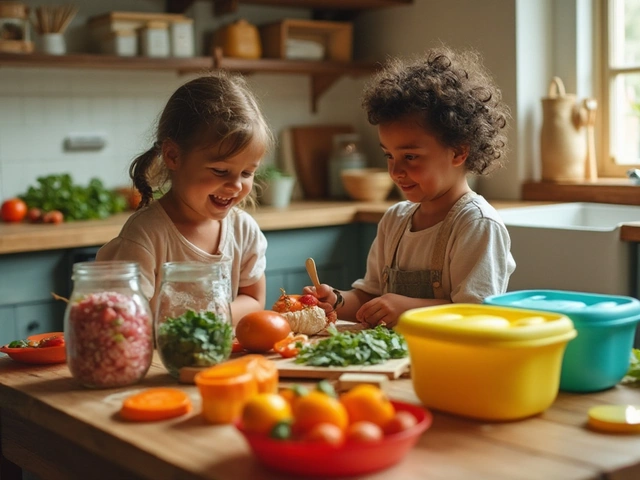


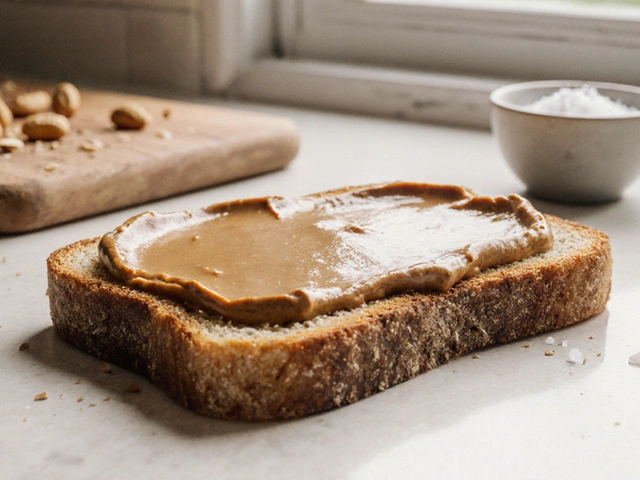

Write a comment